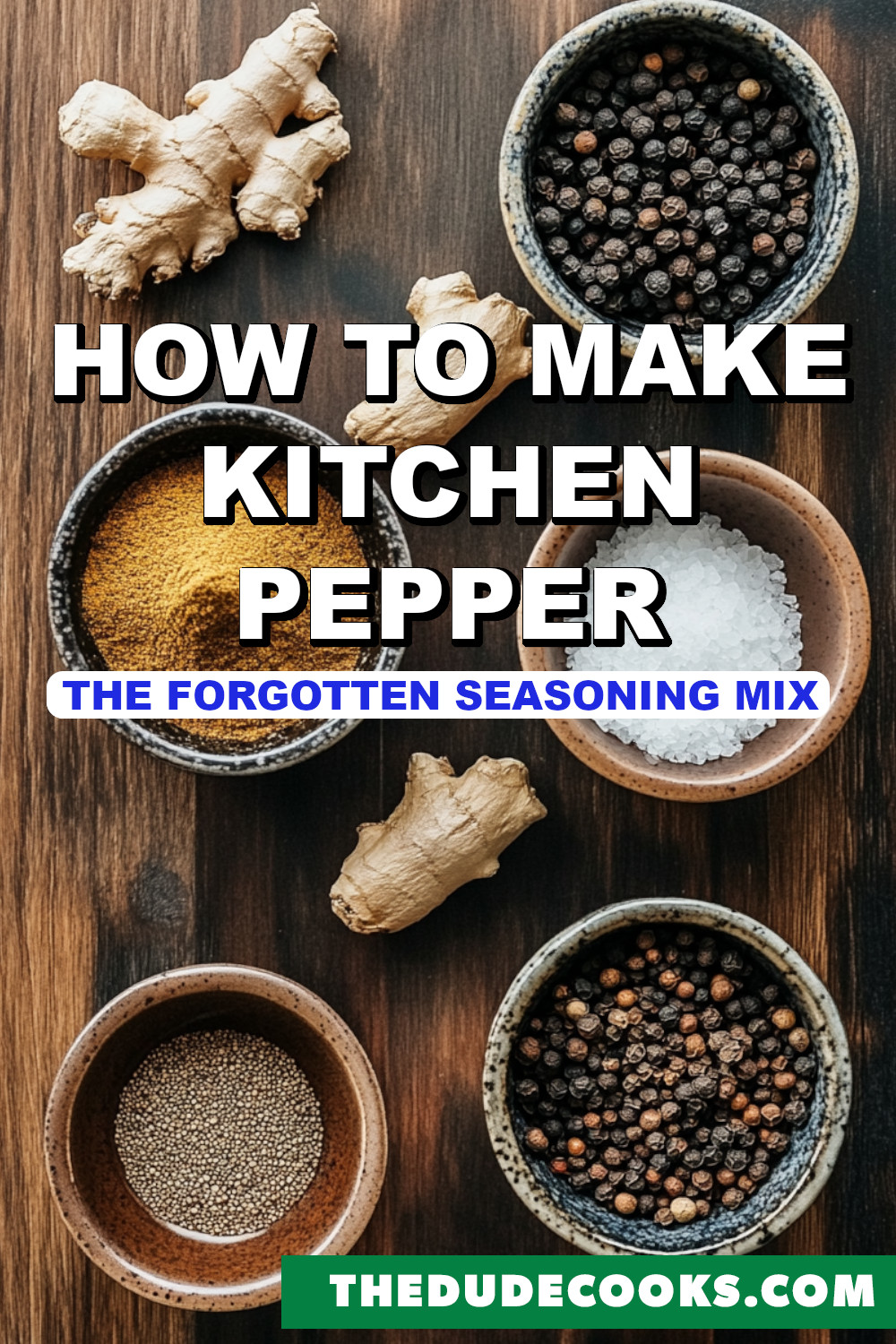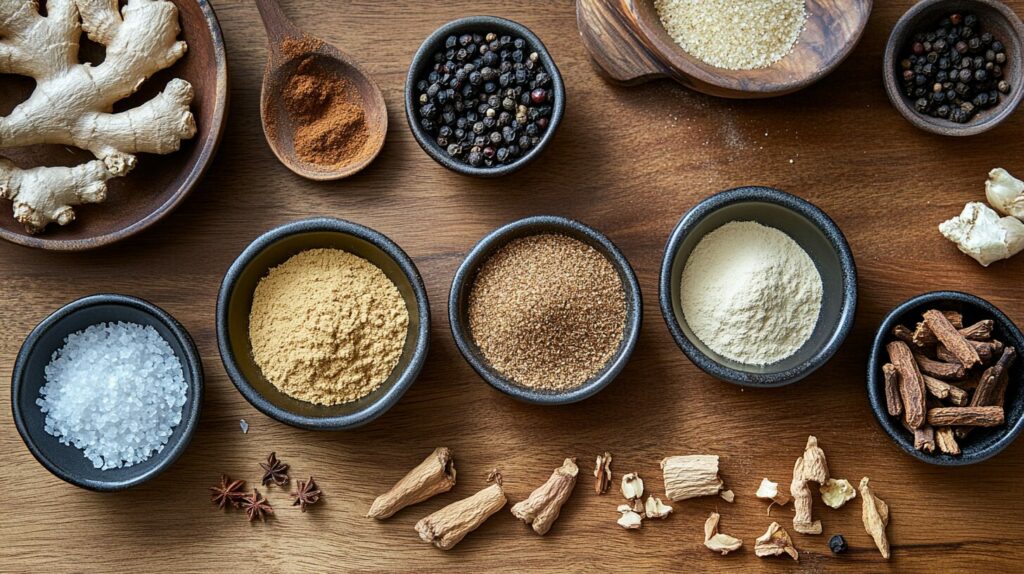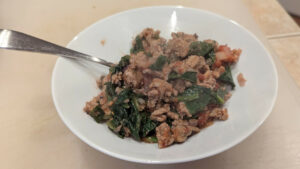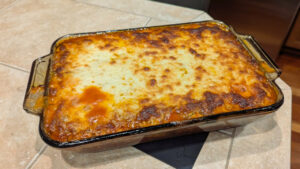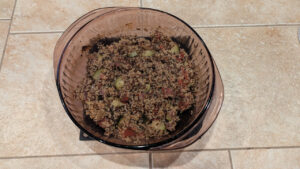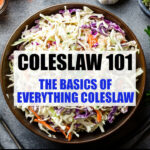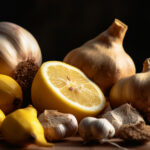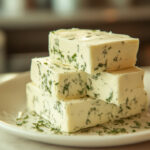Looking to add a touch of history and flavor to your kitchen?
Let me introduce you to kitchen pepper! This versatile spice blend was a staple in homes for centuries, offering a perfect balance of warmth and depth to any dish. But has sadly faded from memory in places. I learned about it from a video by Townsends who does a fantastic job of explaining what kitchen pepper is and the history behind it.
In this post, you’ll discover what makes it special and why everyone should have a kitchen pepper recipe at their fingertips. Whether you’re enhancing savory meals or adding a kick to your favorite dishes, this simple seasoning mix can do it all. Ready to spice things up? Keep reading for the details!
A Short History of Kitchen Pepper
Kitchen pepper has been around for centuries, and it’s got quite the history! Back in the 18th and 19th centuries, it was a must-have spice blend in many households, especially in England and colonial America. At a time when spices were expensive and not always easy to come by, cooks created this all-purpose mix to keep their food flavorful without needing dozens of different spices.
The exact blend varied from kitchen to kitchen, but it usually included black pepper, nutmeg, cinnamon, and cloves. Some versions had ginger or allspice, making it a versatile blend for both savory and sweet dishes. Kitchen pepper made meal prep easier, as cooks had one go-to spice for everything from soups to meats to pies. Over time, it faded from popularity, but it’s making a comeback today with people looking to simplify their spice racks and reconnect with traditional flavors.
It’s more than just a seasoning—it’s a piece of history you can bring into your modern kitchen!
Some Typical Kitchen Pepper Recipe Ingredients
As I mentioned, the ingredients in kitchen pepper can vary, but the classic blend includes a mix of warm, aromatic spices. Black pepper is always the base, giving it that familiar bite and heat. From there, nutmeg, cloves, and cinnamon are added, bringing in earthy sweetness and a touch of spice. These ingredients balance out the pepper’s sharpness and add depth to the blend.
Some versions also include ginger or allspice for an extra layer of flavor. Ginger gives a bit of warmth and zing, while allspice adds a hint of sweetness and complexity. Together, these ingredients create a well-rounded seasoning that’s perfect for everything from meats to baked goods. The beauty of kitchen pepper is in its flexibility—you can adjust the spices to suit your taste!
Historical Kitchen Pepper Recipes
Kitchen Pepper – “A Lady’s Assistant,” by Charlotte Mason (1777)
- 1 ounce of ginger
- 1/2 ounce of pepper
- 1/2 ounce of cinnamon
- 1/2 ounce of cloves
- 1/2 ounce of nutmeg
- 6 ounces of salt
Kitchen Pepper – “A New System of Domestic Cookery,” by Maria Rundell (1808)
- 1 ounce of ginger
- 1/2 ounce of cinnamon
- 1/2 ounce of black pepper
- 1/2 ounce of Jamaica pepper
- 1/2 ounce of nutmeg
- 10 cloves
- 6 ounces of salt
Kitchen Pepper – “The English Housekeeper,” by Anne Cobbett (1835)
Instructions here were to mix equal parts of the following, and then when ready to use, mix together with “good, common salt”. No mention of the quantity, so that is left up to the reader.
- Ground ginger
- Nutmeg
- Black pepper
- Allspice
- Cinnamon
- Cloves
How Do I Make Kitchen Pepper?
Making kitchen pepper is quite easy. Just pick your preferred mix of seasonings, and then grind them a bit in a mortar and pestle to combine. Once you do that, simply pour into an airtight container for later use. It couldn’t be much more simple than that!
What Can I Use Kitchen Pepper On?
Kitchen pepper is incredibly versatile and can be used in both savory and sweet dishes. Here are a few suggested uses:
- Seasoning for Meats: Sprinkle kitchen pepper on roasted chicken, beef, or pork for a rich, spiced flavor. It’s especially good for slow-cooked meats like pot roast or pork shoulder.
- Vegetable Roasts: Toss vegetables like carrots, sweet potatoes, or Brussels sprouts with olive oil and kitchen pepper before roasting for a warm, earthy twist.
- Soup or Stew Enhancer: Add a pinch to soups and stews for an extra layer of flavor. It works well with hearty dishes like beef stew or vegetable soup.
- Baked Goods: Try adding a dash to pies, cookies, or spiced breads for a unique sweet-spicy combo. It pairs especially well with apple or pumpkin desserts.
- Egg Dishes: Mix a bit of kitchen pepper into scrambled eggs, quiches, or frittatas to give them a subtle depth of flavor.
- Spiced Nuts: Toss kitchen pepper with roasted almonds, pecans, or cashews for a savory snack with a touch of warmth.
It’s a one-stop seasoning blend that can enhance a wide range of dishes, both sweet and savory!
